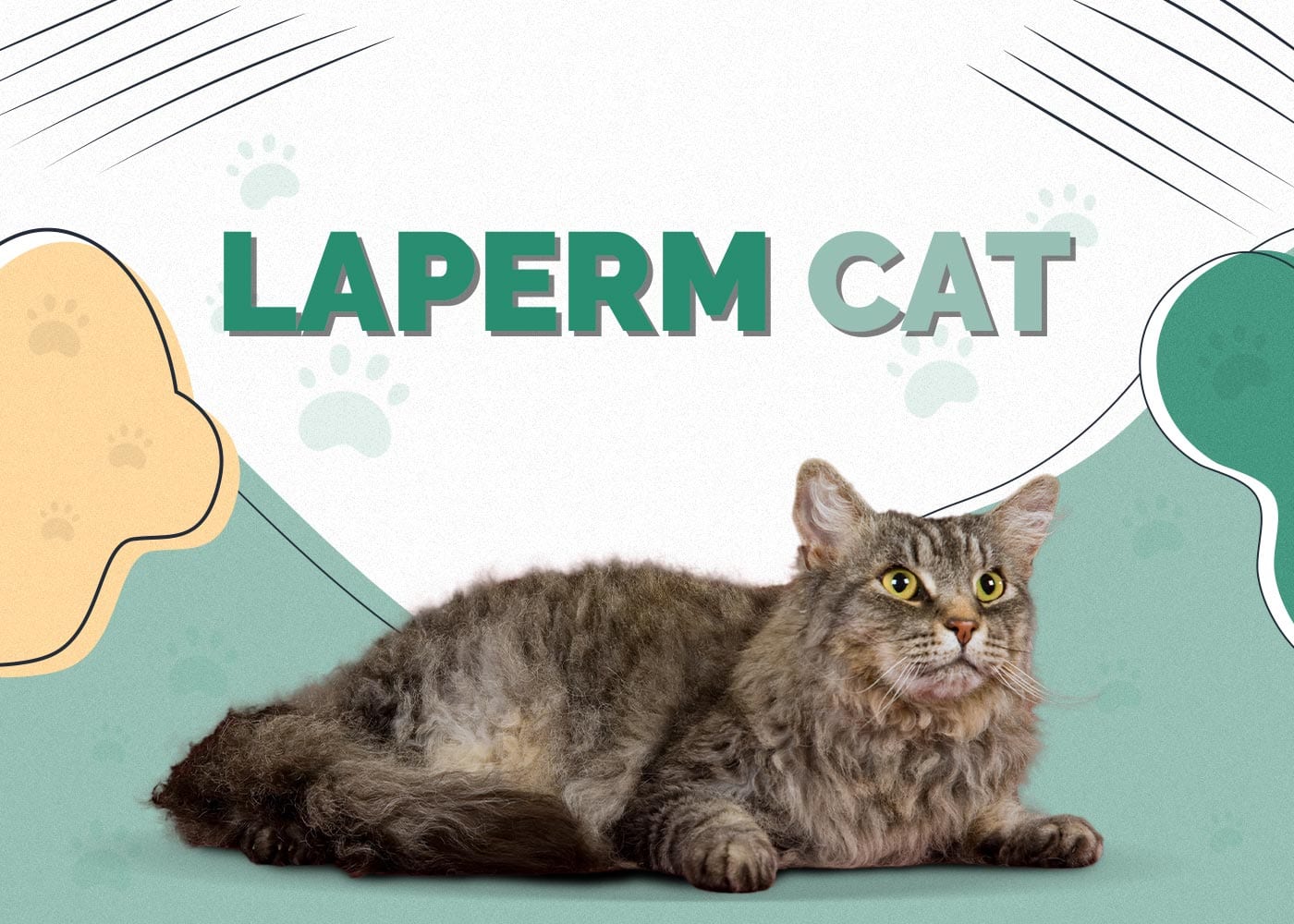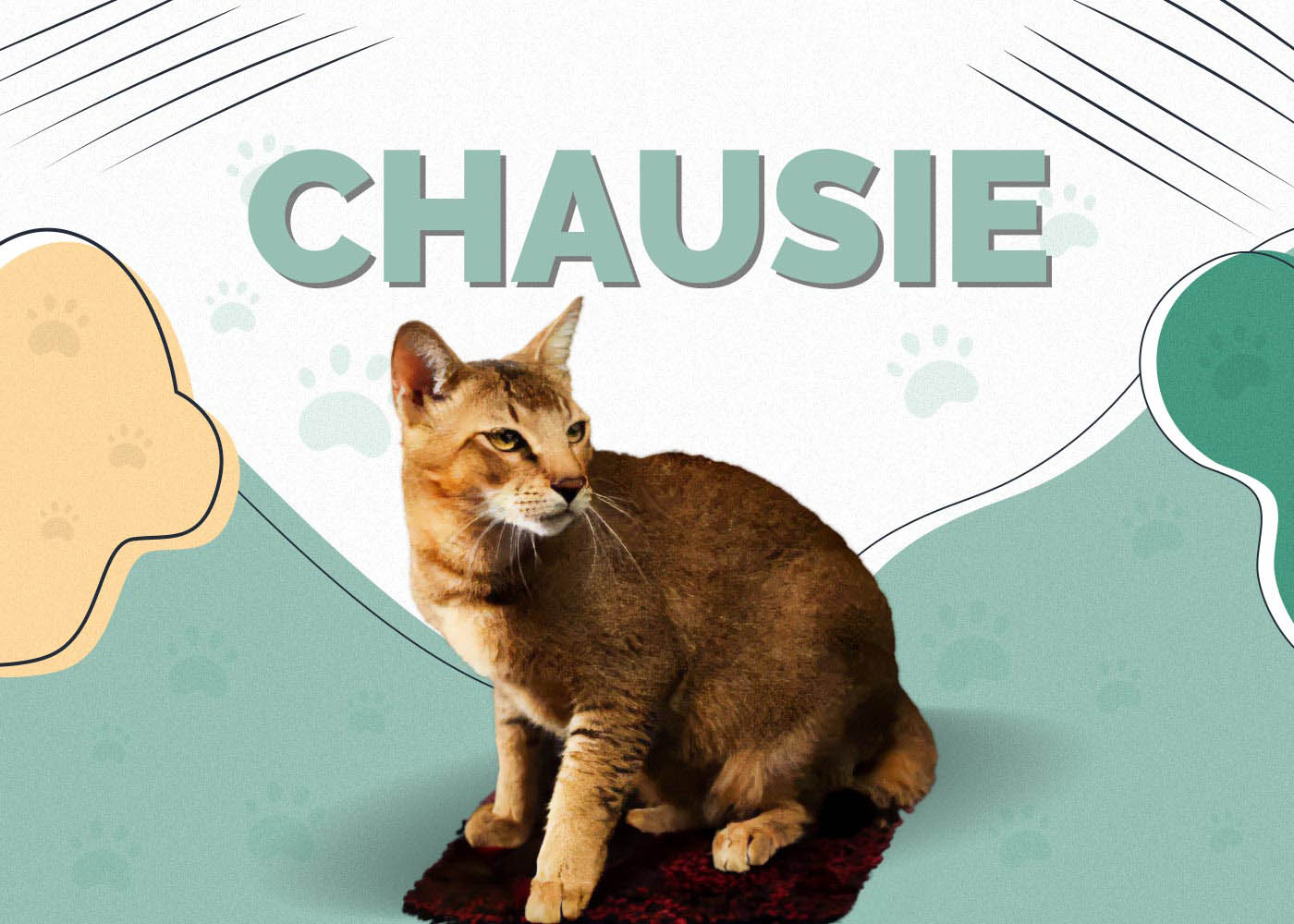Complete Guide to the Balinese Cat: Details, How to Care, How to Train, How to Choose, Pros and Cons, and Price
The Balinese cat is a graceful, elegant breed with a fascinating personality and an exquisite appearance. Known for its long, silky coat and striking blue eyes, the Balinese is often described as the “long-haired Siamese” because it shares many characteristics with the Siamese breed, except for the coat length. This breed combines beauty, intelligence, and affectionate nature, making it a popular choice for cat lovers.
In this guide, we will explore the complete details about the Balinese cat, including its characteristics, care requirements, training tips, how to choose the right one, the pros and cons, and how much it might cost.
Overview of the Balinese Cat
Origin and History
The Balinese cat was developed in the United States in the mid-20th century and is essentially a long-haired variant of the Siamese. The name “Balinese” was chosen due to its association with the graceful appearance of the cats and their long, flowing coats, which resembled the traditional Balinese dancers’ costumes. This breed, however, is not from Bali, as some might assume, but is a product of selective breeding of Siamese cats with long-haired recessive genes.
Balinese cats were first recognized in the early 1950s, and their popularity began to rise in the 1960s. Today, they are recognized by various cat associations, including the CFA (Cat Fanciers’ Association) and TICA (The International Cat Association).
Physical Traits and Characteristics
The Balinese cat is well-known for its distinctive beauty. Here’s a breakdown of its physical features:
- Size: Balinese cats are medium-sized, with an average weight ranging between 5 to 10 pounds (2.3 to 4.5 kg). Males are typically larger than females.
- Coat: The Balinese has a long, silky coat that is soft to the touch. Unlike other long-haired breeds, the Balinese has a single-layer coat, which helps reduce matting.
- Color: Balinese cats come in a variety of colors, including seal point, blue point, chocolate point, and lilac point. The points (darker fur on the ears, face, paws, and tail) are one of the key features.
- Eyes: One of the most stunning aspects of the Balinese cat is its almond-shaped, bright blue eyes.
- Body: They have a sleek, fine-boned body with long, graceful legs and a long tail. They possess an elegant, lithe appearance.
- Personality: Balinese cats are known for their affectionate, vocal, and playful nature. They tend to form strong bonds with their owners and are highly interactive.
Lifespan
On average, Balinese cats live between 12 and 18 years, depending on genetics, health, and care. Some may even live longer if given proper veterinary care and a healthy lifestyle.
Personality and Behavior Traits
Balinese cats are often described as intelligent, active, and affectionate. Here’s a deeper dive into their behavior:
- Affectionate and Social: Balinese cats are very social and form strong bonds with their human families. They enjoy being the center of attention and will often follow their owners around the house. They are not “aloof” cats; in fact, they crave attention and love to be petted and cuddled.
- Vocal and Communicative: Much like their Siamese relatives, the Balinese is a vocal cat. They are known to “talk” to their owners, whether it’s to demand attention, communicate their needs, or simply engage in conversation. Their voice is generally soft and melodic.
- Playful: Balinese cats retain their kitten-like energy well into adulthood. They are highly playful and enjoy interactive toys, climbing, and exploring. They thrive in an environment where they can engage in mental and physical activities.
- Loyal: This breed is extremely loyal to its owners and may even form attachment bonds with specific family members. They are also known to get along well with other pets and children.
- Clever: Balinese cats are highly intelligent and can be trained to do tricks, use the litter box with ease, and even walk on a leash if trained from a young age.
How to Care for a Balinese Cat
Balinese cats have specific care needs that, when met, can keep them happy and healthy throughout their lives.
Grooming and Coat Care
- Brushing: Despite their long fur, Balinese cats require relatively little grooming compared to other long-haired breeds due to their single-layer coat. However, brushing once or twice a week will help remove dead hair and prevent tangling.
- Bathing: Balinese cats do not require frequent baths unless they get particularly dirty. Regular bathing can help keep their coat in optimal condition, but avoid over-bathing as it can dry out their skin.
- Ear Care: Since they are prone to earwax buildup, check their ears regularly and clean them gently with a soft cotton ball.
- Nail Trimming: Trim their nails every two to four weeks to prevent overgrowth.
Diet
- High-Quality Food: Feed your Balinese cat a diet rich in high-quality protein. Cats are obligate carnivores, meaning their diet should primarily consist of meat. Consider high-quality dry or wet food that meets their nutritional needs.
- Hydration: Ensure your cat has access to fresh water at all times. Some cats prefer wet food because it contains more moisture, which can help prevent urinary tract problems.
- Portion Control: Balinese cats are not typically prone to obesity, but you should monitor their food intake to prevent overeating. Follow the recommended portion sizes on the food packaging or consult your vet for guidance.
Exercise and Enrichment
- Mental Stimulation: Balinese cats are highly intelligent and need mental stimulation to stay happy. Interactive toys, puzzle feeders, and climbing trees can help keep them engaged.
- Physical Activity: Encourage your Balinese cat to engage in physical activity by providing plenty of space to run, jump, and explore. Scratching posts, cat trees, and toys are essential to satisfy their active nature.
- Playtime: Balinese cats love to play, so spend time engaging with your cat daily. They enjoy games like fetch, laser pointers, and feather wands.
Health Care
- Routine Veterinary Check-ups: Regular vet visits are essential for maintaining your cat’s health. Vaccinations, flea and tick prevention, and general health checks are part of the routine.
- Dental Care: Dental hygiene is important for all cats. Brushing your Balinese cat’s teeth or providing dental treats can help prevent dental disease.
- Genetic Health Concerns: Balinese cats are generally healthy but can be prone to certain genetic conditions, such as progressive retinal atrophy (PRA), which affects vision. Regular eye check-ups are recommended.
How to Train a Balinese Cat
Balinese cats are highly trainable thanks to their intelligence and eagerness to please. Here are some tips for training your Balinese:
- Start Early: Begin training your Balinese kitten when they are young to maximize their learning potential. Start with basic commands and litter box training.
- Use Positive Reinforcement: Reward your Balinese with treats, praise, or toys whenever they perform the desired behavior. This will encourage them to repeat the action.
- Teach Basic Commands: Balinese cats can learn commands such as “sit,” “come,” and “stay.” Use food or a favorite toy as motivation.
- Leash Training: If you want to take your Balinese outside for a walk, start by introducing them to a harness and leash when they are young. Be patient as they get used to wearing the harness.
- Interactive Play: Engage your Balinese in play sessions that require them to solve puzzles or challenges. This stimulates their mind and keeps them physically active.
How to Choose a Balinese Cat
When choosing a Balinese cat, it’s important to consider a few factors to ensure that you bring home a healthy, happy kitten:
- Reputable Breeders: Choose a reputable breeder who is committed to breeding healthy, well-socialized cats. Check for certifications from organizations like the CFA or TICA.
- Health History: Ask about the health history of the cat’s parents and whether they have been screened for common genetic diseases.
- Temperament: Spend time with the kitten before making a decision. Make sure they are social, playful, and comfortable with human interaction.
- Litter Box Training: A good breeder will start litter box training early, which will help your new kitten adjust to its home environment.
Pros and Cons of Owning a Balinese Cat
Pros
- Affectionate and Loyal: Balinese cats are known for their loving nature and will develop a strong bond with their owners.
- Intelligent and Trainable: Balinese cats are highly trainable and can learn commands and tricks.
- Playful and Active: They are active and enjoy playing, making them great companions for families and individuals who have time to interact with them.
- Gentle Voice: They are vocal but have a gentle, melodic voice that isn’t as loud or shrill as some other breeds.
Cons
- Requires Attention: Balinese cats demand a lot of attention and can become anxious if left alone for long periods.
- Grooming Needs: While they are lower-maintenance than other long-haired breeds, their coat still requires regular grooming.
- Health Concerns: They may be prone to some genetic health problems like progressive retinal atrophy (PRA), which could lead to vision impairment.
Price of a Balinese Cat
The price of a Balinese cat can vary depending on factors such as the breeder’s reputation, the kitten’s lineage, and the cat’s overall health.
- Adoption Price: If adopting from a shelter or rescue organization, the cost may range from $50 to $200.
- Breeder Price: A purebred Balinese cat from a reputable breeder typically costs between $800 and $2,000. Kittens with champion bloodlines or those intended for show may cost more.
- Health and Vaccination Costs: Remember that regular veterinary visits, vaccinations, and preventive care will also incur costs.
Conclusion
The Balinese cat is a delightful breed known for its elegance, intelligence, and affectionate nature. If you’re looking for a cat that will not only be a loyal companion but also engage with you in playful, intelligent ways, the Balinese is an excellent choice.
With the right care, training, and attention, your Balinese cat will thrive and be a source of joy for many years to come.




